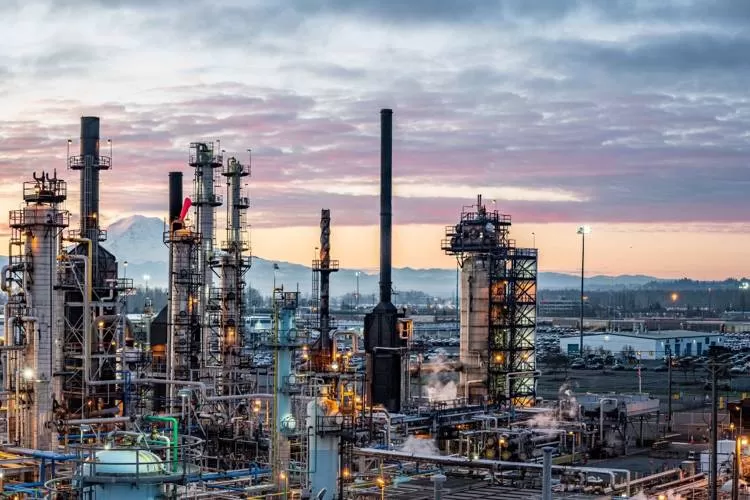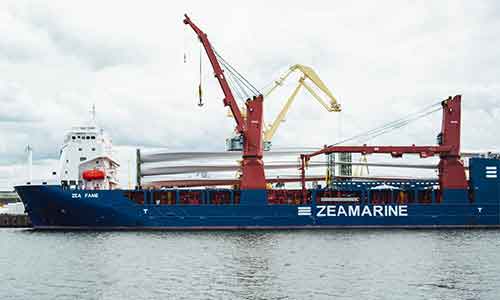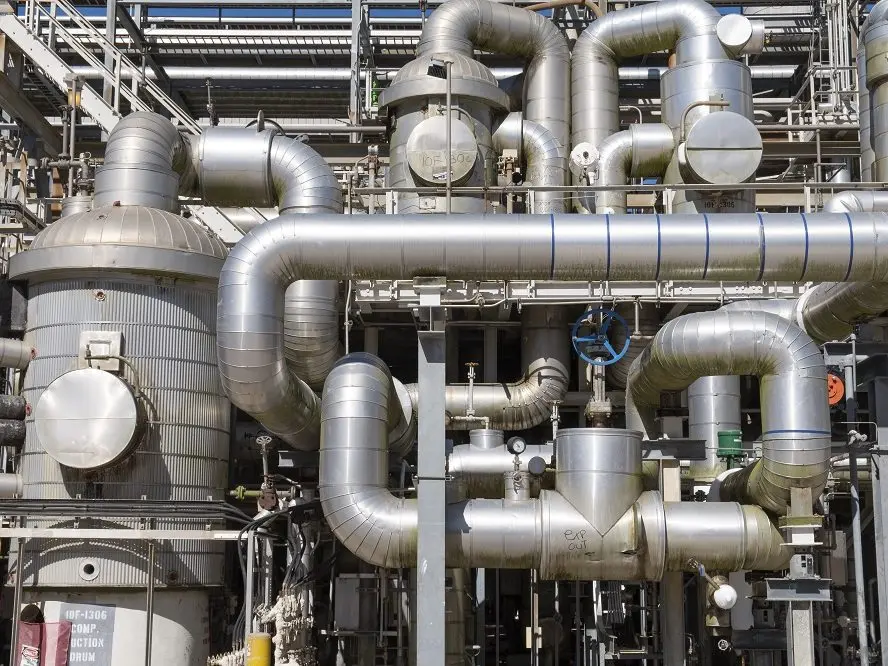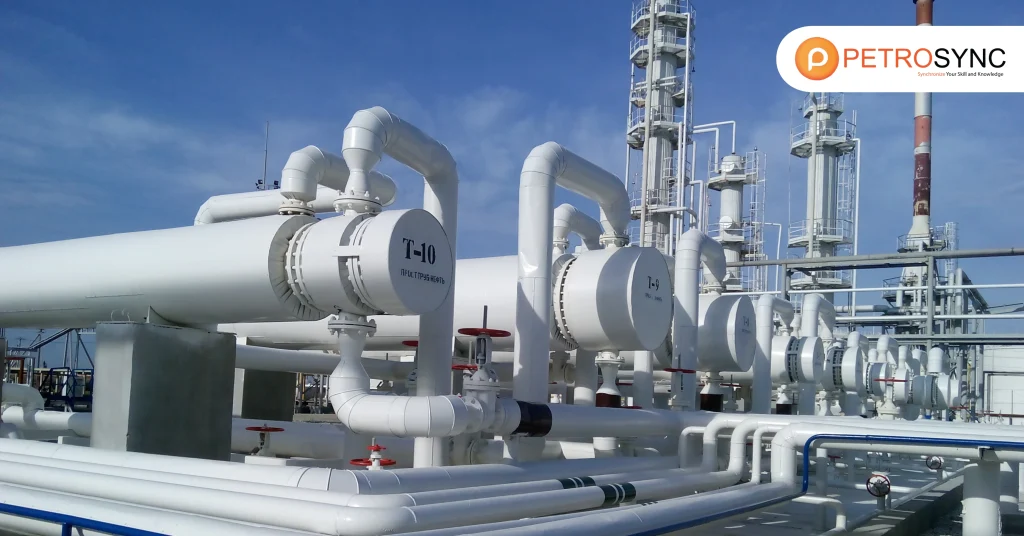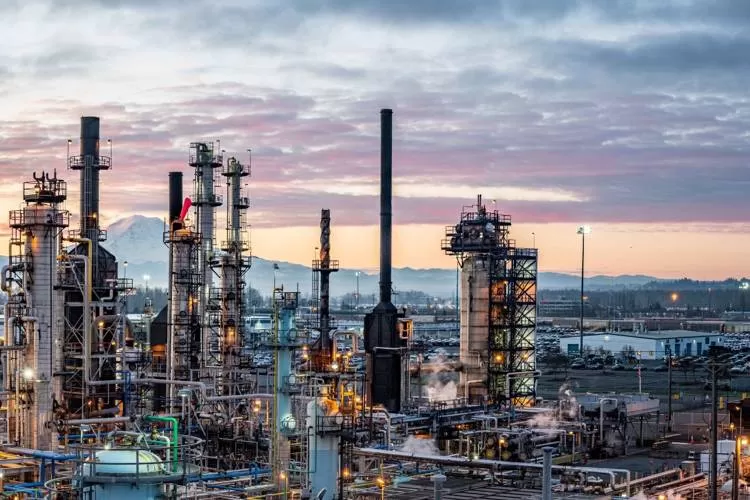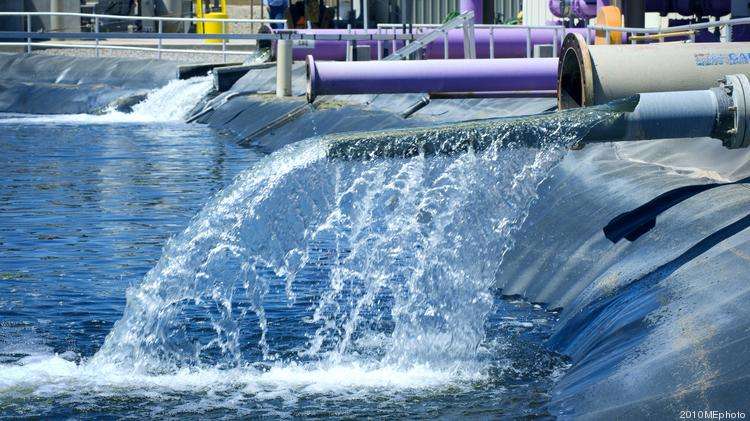In the world of modern industrial and commercial operations, the quest for a high efficiency heat exchanger is paramount to achieving both economic and environmental goals. The ability to effectively manage thermal energy is the backbone of countless applications, from comfort cooling to complex industrial processes. Advanced heat transfer technology is no longer a luxury but a necessity for businesses looking to optimize performance, reduce operational costs, and enhance sustainability. At the center of this innovation lies a component engineered for maximum efficiency, fundamentally changing how we approach thermal management.
Understanding the Heart of Thermal Management: The Heat Exchanger Core
The performance of any thermal system ultimately depends on its heart: the heat exchanger core. This critical component is where the magic of thermal transfer happens, facilitating the movement of heat from one medium to another. A well-designed heat exchanger core ensures that this process occurs with minimal energy loss, which directly translates into lower energy consumption and greater output. The construction and materials of the core are meticulously selected to maximize surface area and conductivity, ensuring every opportunity for heat exchange is captured. This focus on the core's design is what separates standard equipment from high efficiency cooling systems that deliver consistent, reliable performance day in and day out.
The Superior Combination: Copper Tube Aluminum Fin Heat Exchanger
When it comes to superior performance, the copper tube aluminum fin heat exchanger stands out as a premier design choice. This combination leverages the unique properties of two distinct materials to create a synergy that maximizes thermal efficiency. The copper tube heat exchanger component provides an exceptional pathway for fluid, as copper is renowned for its high thermal conductivity, allowing heat to be transferred into and out of the fluid swiftly. To complement this, the aluminum fin heat exchanger aspect dramatically increases the surface area exposed to the air stream. These lightweight fins draw heat away from the copper tubes and dissipate it into the air, or vice-versa, creating a highly effective and rapid exchange process. This engineered pairing is the key to achieving the remarkable performance found in today's leading systems.
Revolutionizing High Efficiency Cooling Systems Across Industries
The impact of this technology is felt across a vast spectrum of applications. These components are the driving force behind modern high efficiency cooling systems, from large-scale commercial HVAC units that keep buildings comfortable to industrial heat exchangers vital for manufacturing processes. In refrigeration, they ensure that products are kept at precise, stable temperatures, preserving quality and safety. The robust construction of a high-quality copper tube aluminum fin heat exchanger guarantees durability and a long service life, even in demanding industrial environments. By integrating such an advanced heat exchanger core into your systems, you are not just upgrading a part; you are investing in reliability, significantly reducing maintenance needs, and securing substantial long-term savings on energy bills.
Embracing Advanced Heat Transfer Technology for a Sustainable Future
Choosing a high efficiency heat exchanger is a strategic decision that pays dividends in performance, cost-effectiveness, and environmental responsibility. This advanced heat transfer technology represents a commitment to excellence and sustainability. By optimizing energy use, these systems reduce the overall carbon footprint of your operations while delivering unparalleled temperature control and stability. Whether you are retrofitting an existing system or designing a new installation, prioritizing a superior heat exchanger is the most impactful step you can take. Embrace the innovation that powers the most demanding industrial heat exchangers and commercial systems, and position your operations for a future of efficiency and success.

